Exploring the Elegance of Historical Chess Sets
Chess, a game of strategy and intellect, has fascinated humanity for centuries. It’s a battle of wits that has been played by monarchs, scholars, and enthusiasts across the globe. The essence of chess lies not just in its cerebral challenge but also in the artistry of its pieces. Historical chess sets, in particular, offer a window into the past, showcasing the craftsmanship, culture, and aesthetics of their times.
The Origin of Chess and Its Early Sets
The game of chess is believed to have originated in India during the 6th century, known then as Chaturanga. It then spread to Persia, becoming Shatranj, before reaching Europe in the Middle Ages. Each region infused the game with its cultural essence, reflected in the designs of the chess pieces. Early chess sets were often simple, carved from wood, stone, or ivory, yet they bore the mark of skilled artisans.
The Isle of Lewis Chessmen
One of the most iconic historical chess sets is the Isle of Lewis chessmen, discovered in 1831 on the Isle of Lewis in Scotland. Dating back to the 12th century, these pieces are made from walrus ivory and whales' teeth, featuring distinct Norse symbols. The uniqueness of these pieces lies in their detailed carvings, showcasing kings, queens, bishops, knights, and rooks in elaborate attire, providing a glimpse into the medieval period’s social hierarchy and fashion.
The Aesthetics of the Renaissance Chess Sets
During the Renaissance, the cultural rebirth gave rise to numerous changes, including in the design of chess sets. Italian and German craftsmen created exquisite pieces that reflected the period's artistic and intellectual flourish. These sets often featured pieces designed in the likeness of historical figures, mythological creatures, or characters from the Bible, made from luxurious materials such as gold, silver, and precious gems. They were not just game pieces but also works of art, symbolizing wealth and status.
The Influence of Politics and War on Chess Sets
Historical events, political climates, and military conflicts have also left their mark on chess sets. During the Cold War, for example, sets were created that featured the opposing sides of the conflict: the United States and the Soviet Union, turning the chessboard into a symbolic battlefield. Similarly, sets from the Napoleonic era often depicted French and British armies as opposing sides, infusing the game with contemporary political narratives.
Modern Interpretations of Historical Chess Sets
Today, collectors and chess enthusiasts continue to celebrate the historical significance and artistic beauty of chess sets. Reproductions of famous historical sets, such as the Isle of Lewis chessmen, are popular among those looking to own a piece of chess history. Meanwhile, contemporary artisans are inspired by these historic sets, crafting modern interpretations that pay homage to their rich heritage while incorporating new materials and techniques.
Conclusion
The elegance of historical chess sets transcends time, offering us a tangible connection to the past. Each set tells a story, not just of the game itself, but of the people, cultures, and events of its era. Exploring these sets allows us to appreciate the intricate blend of art, history, and intellectual sport that chess represents. Whether as a player or a collector, delving into the world of historical chess sets opens up a realm of discovery, where the love of the game meets the admiration for its artistry.


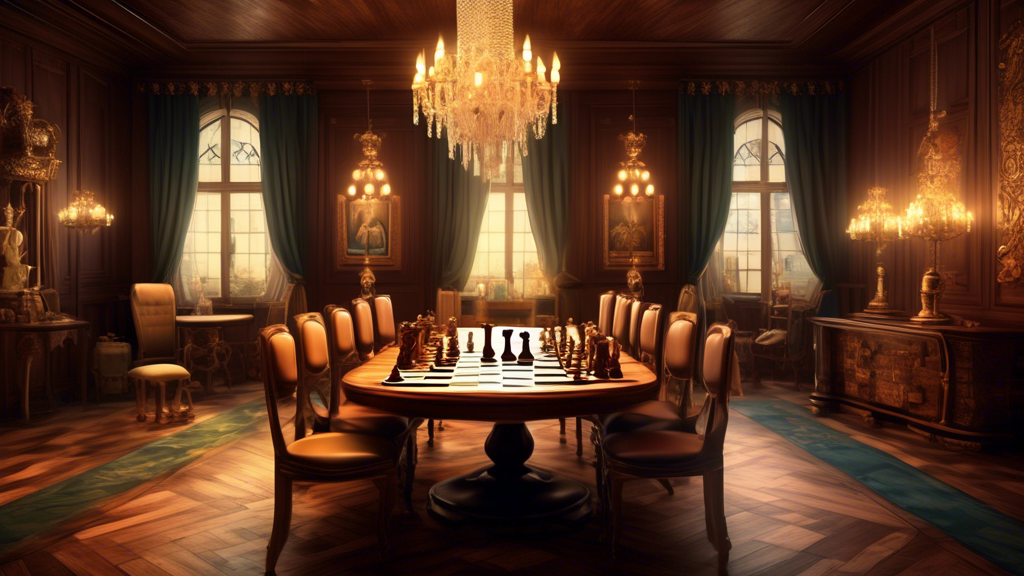
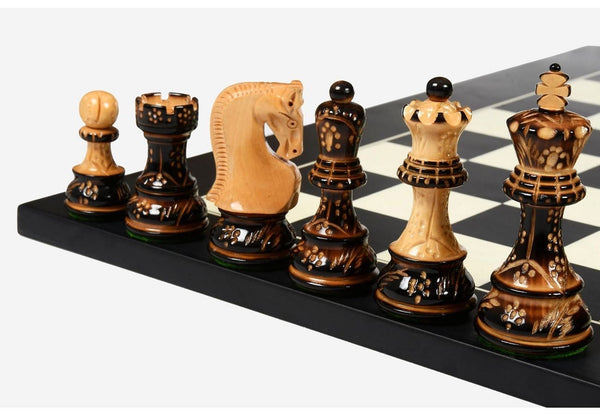
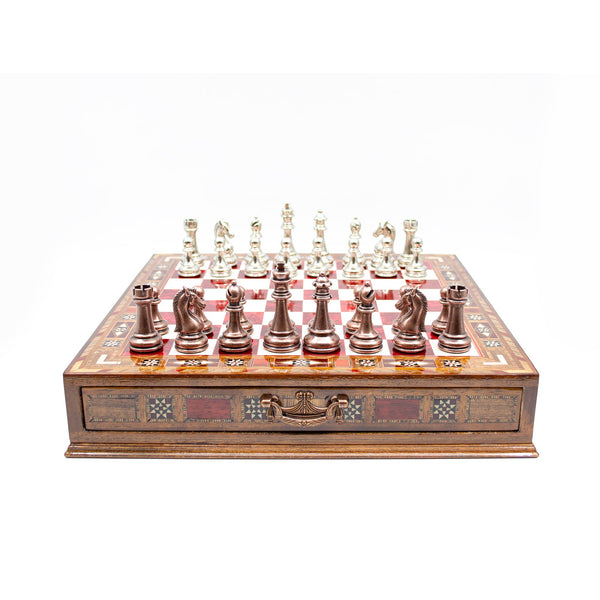
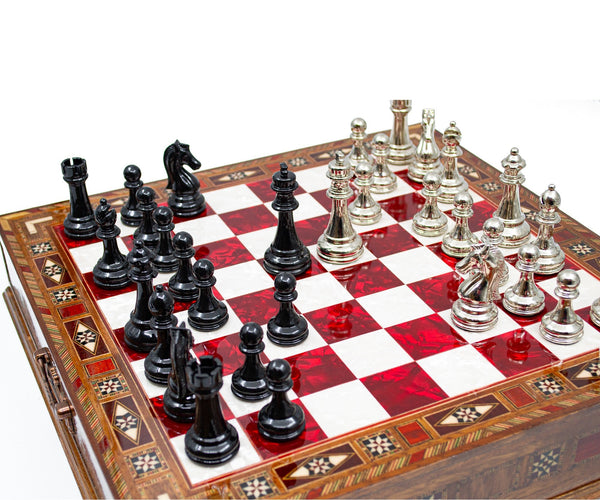
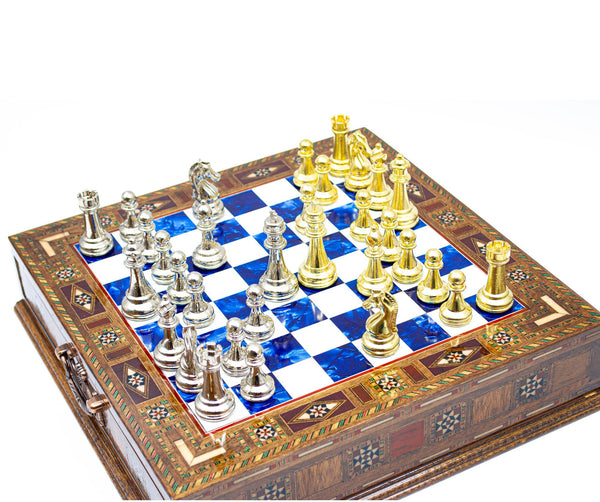
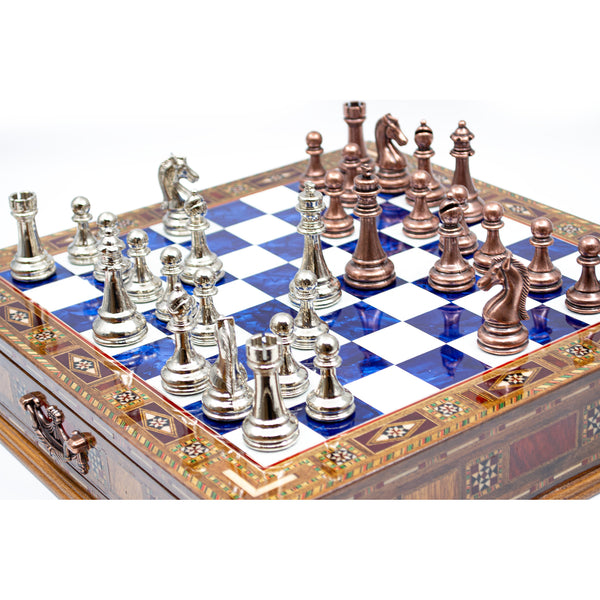
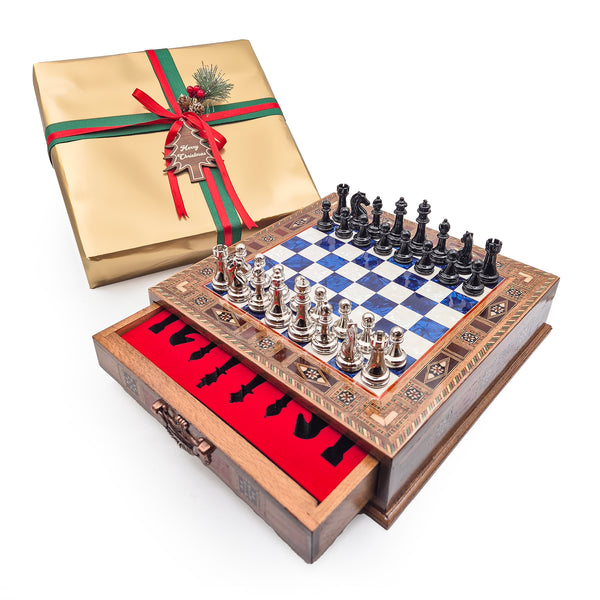







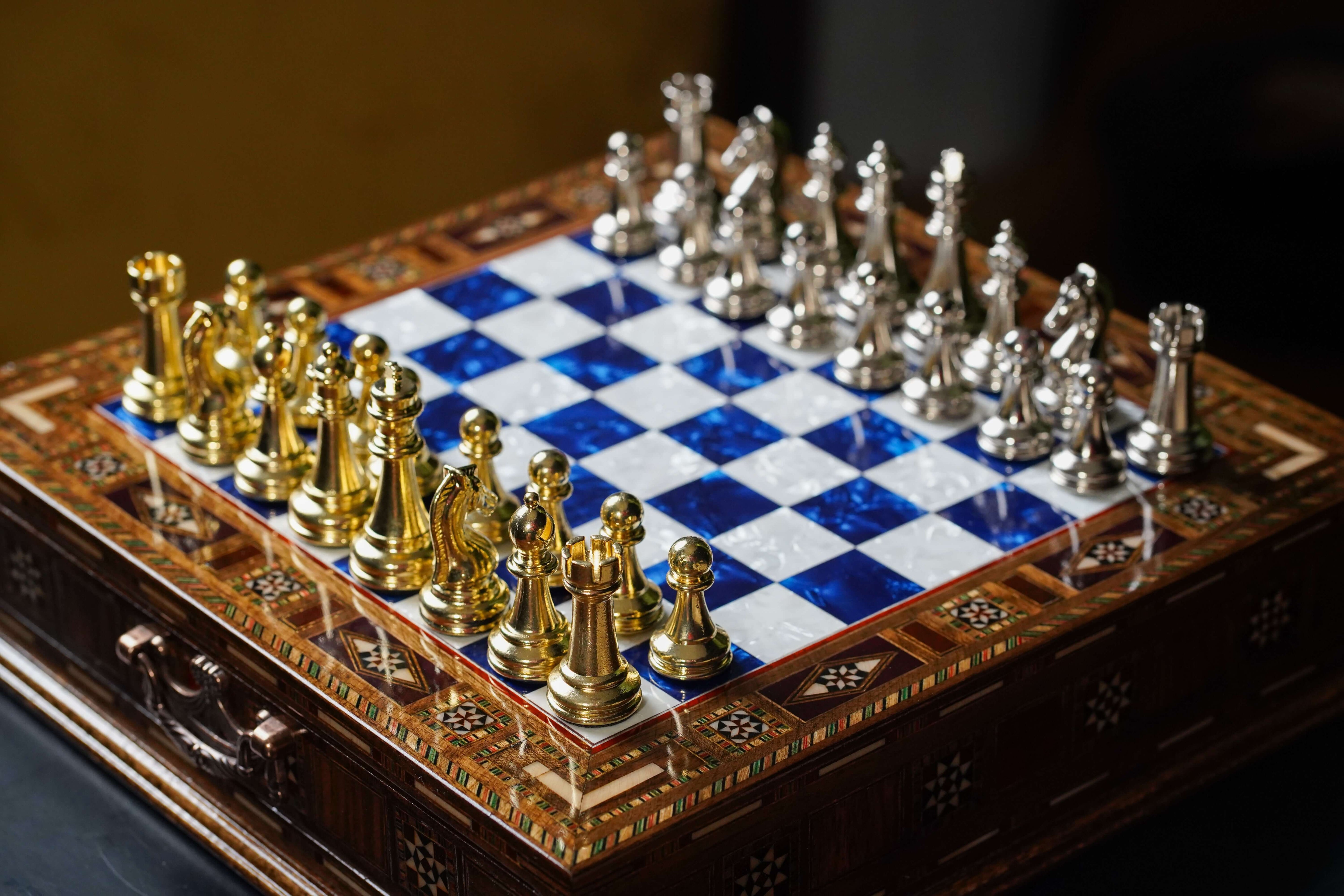
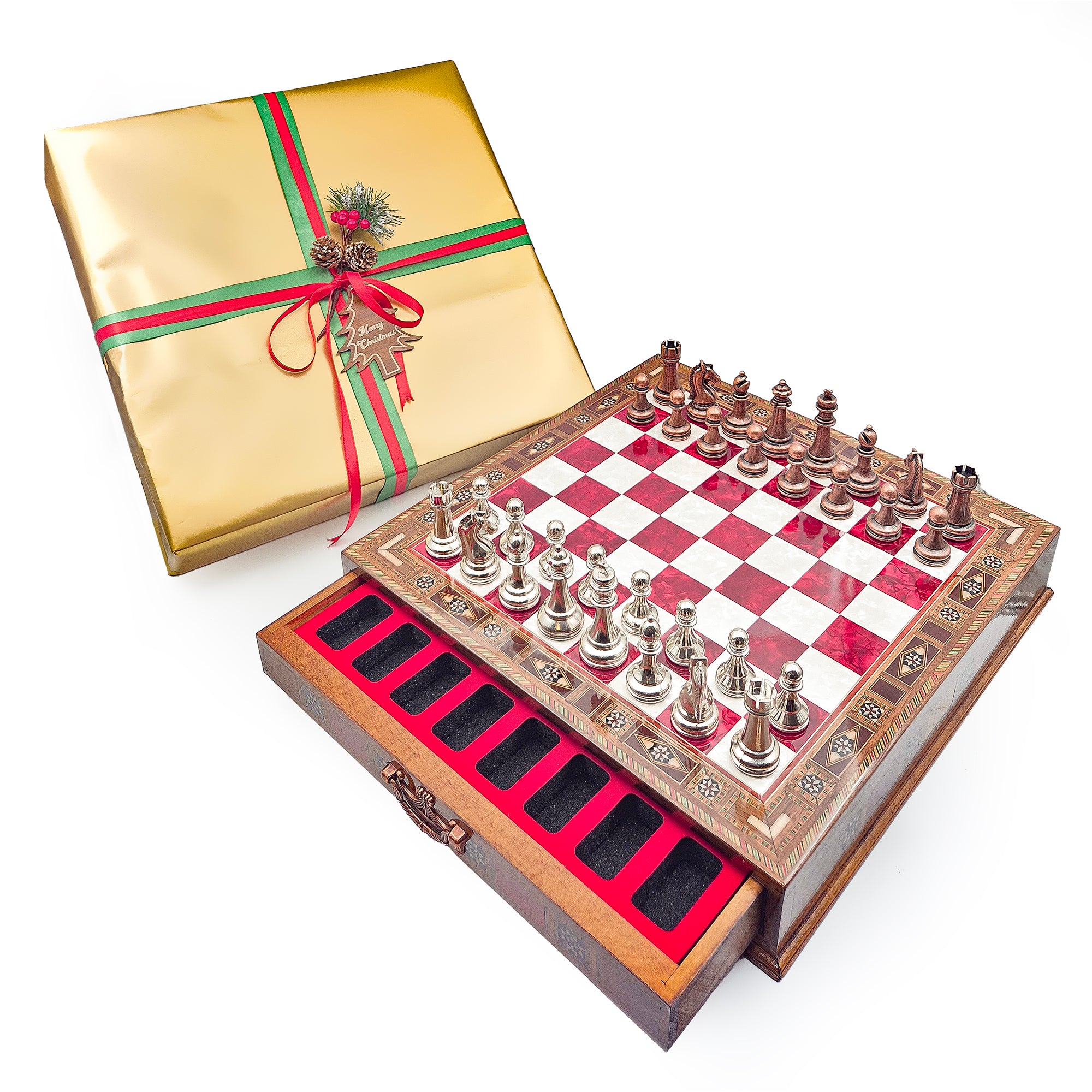
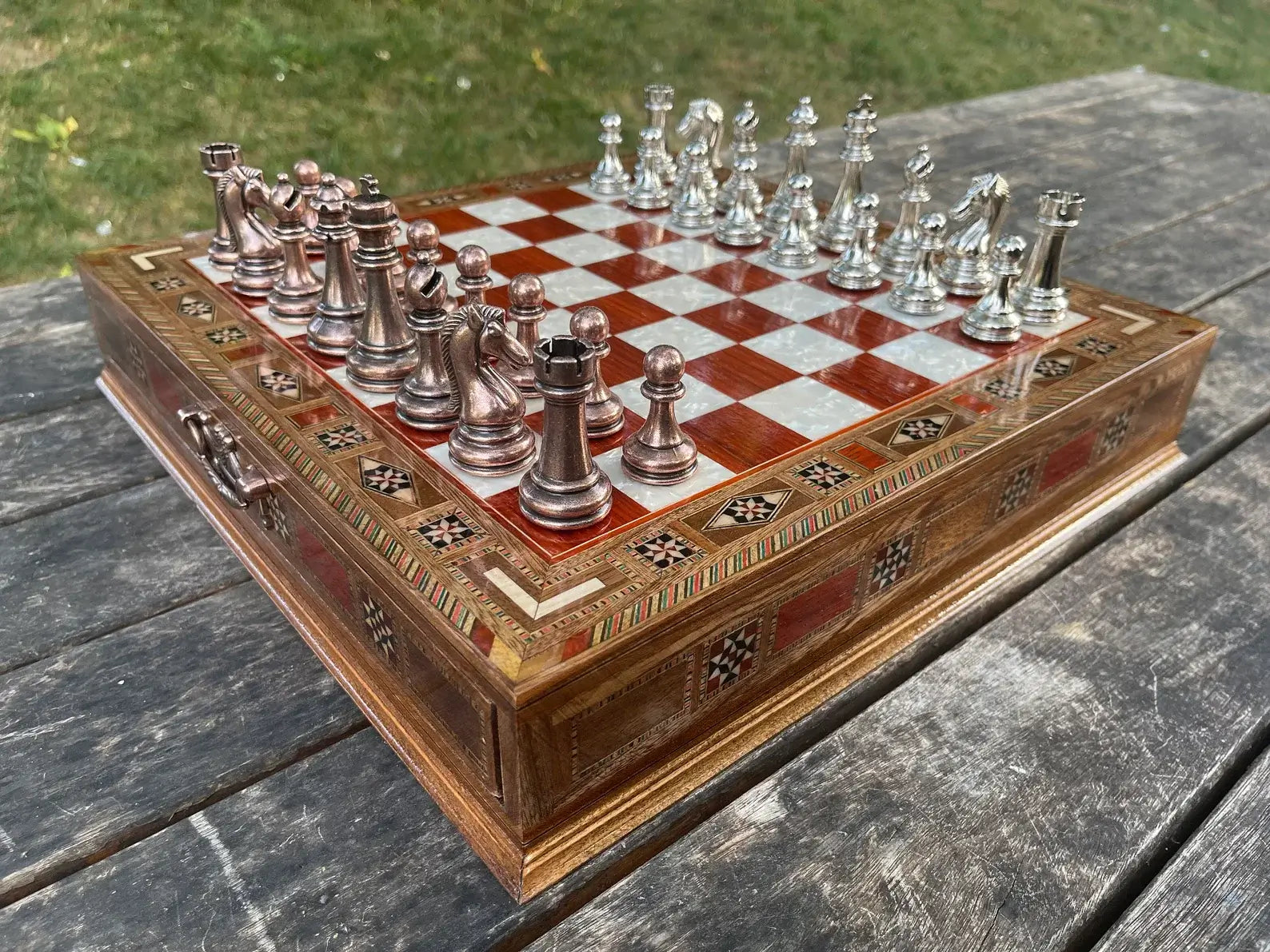
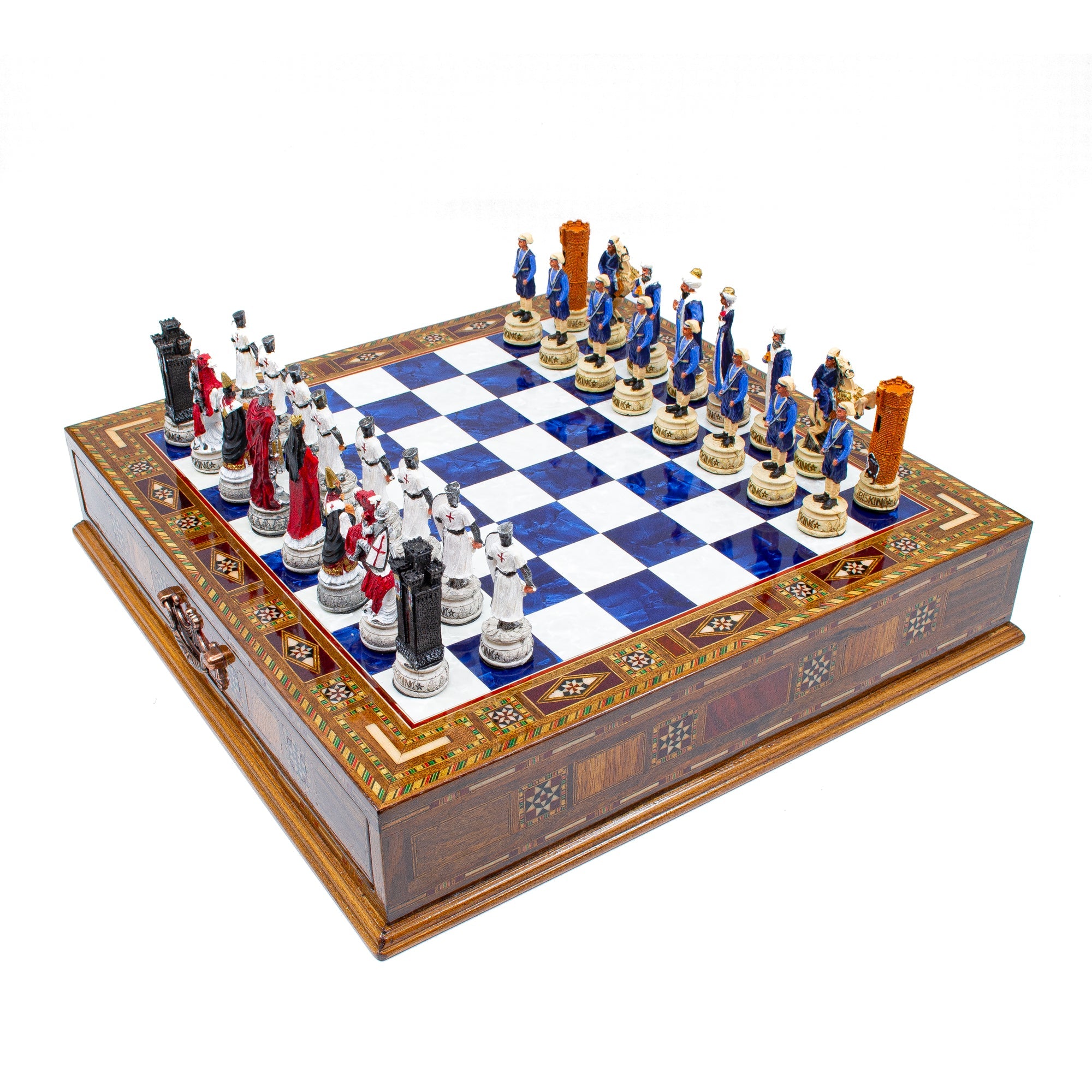
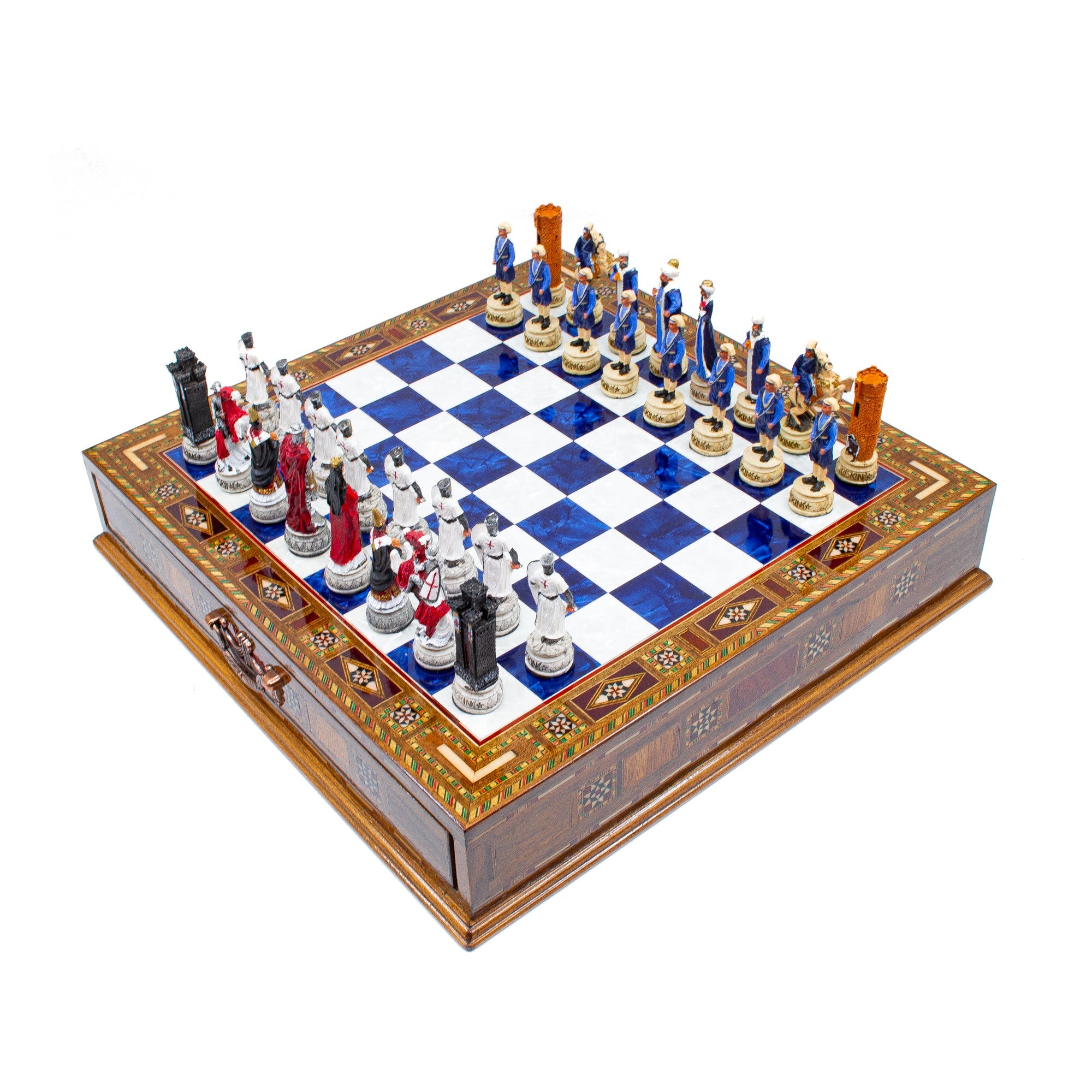
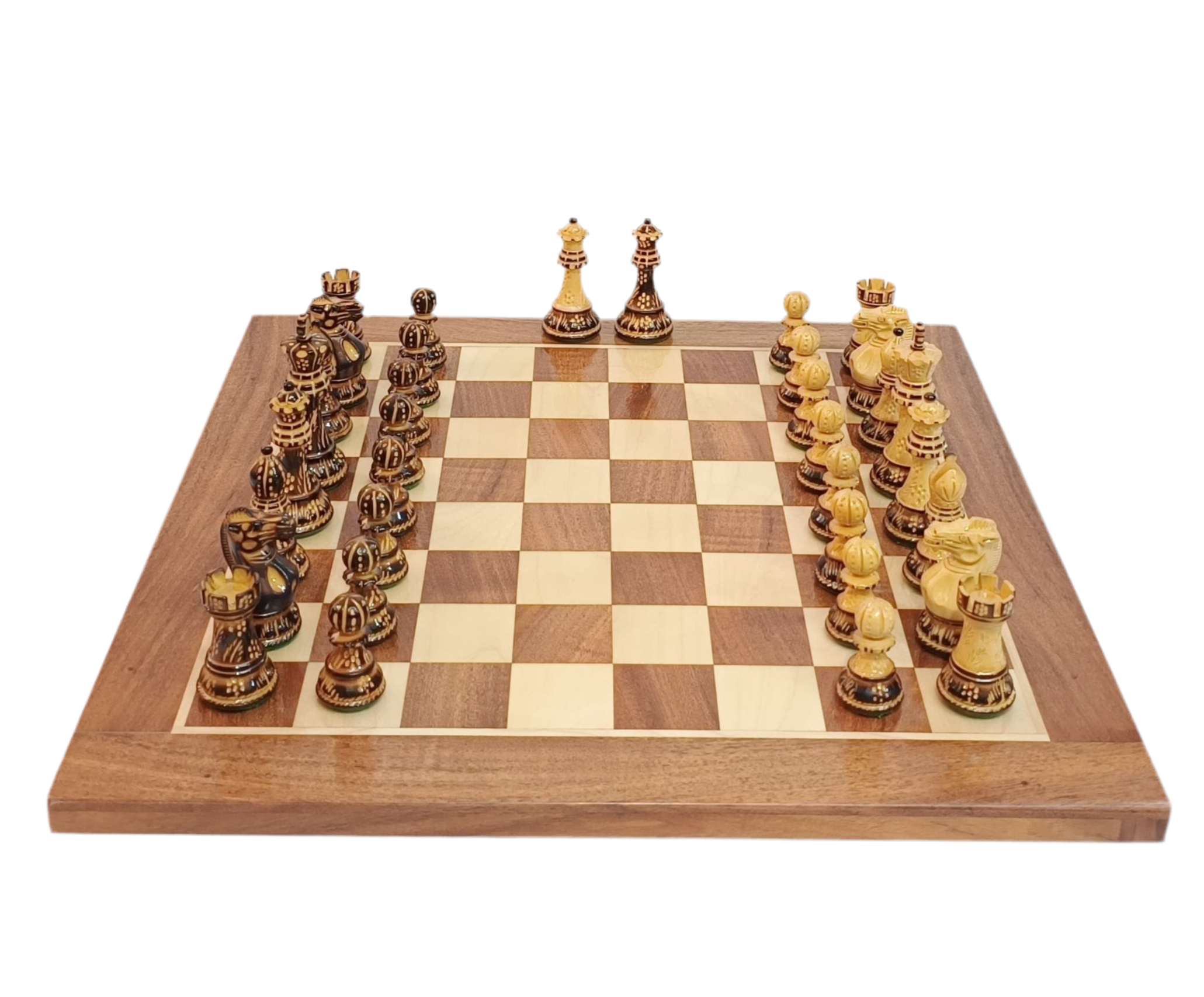
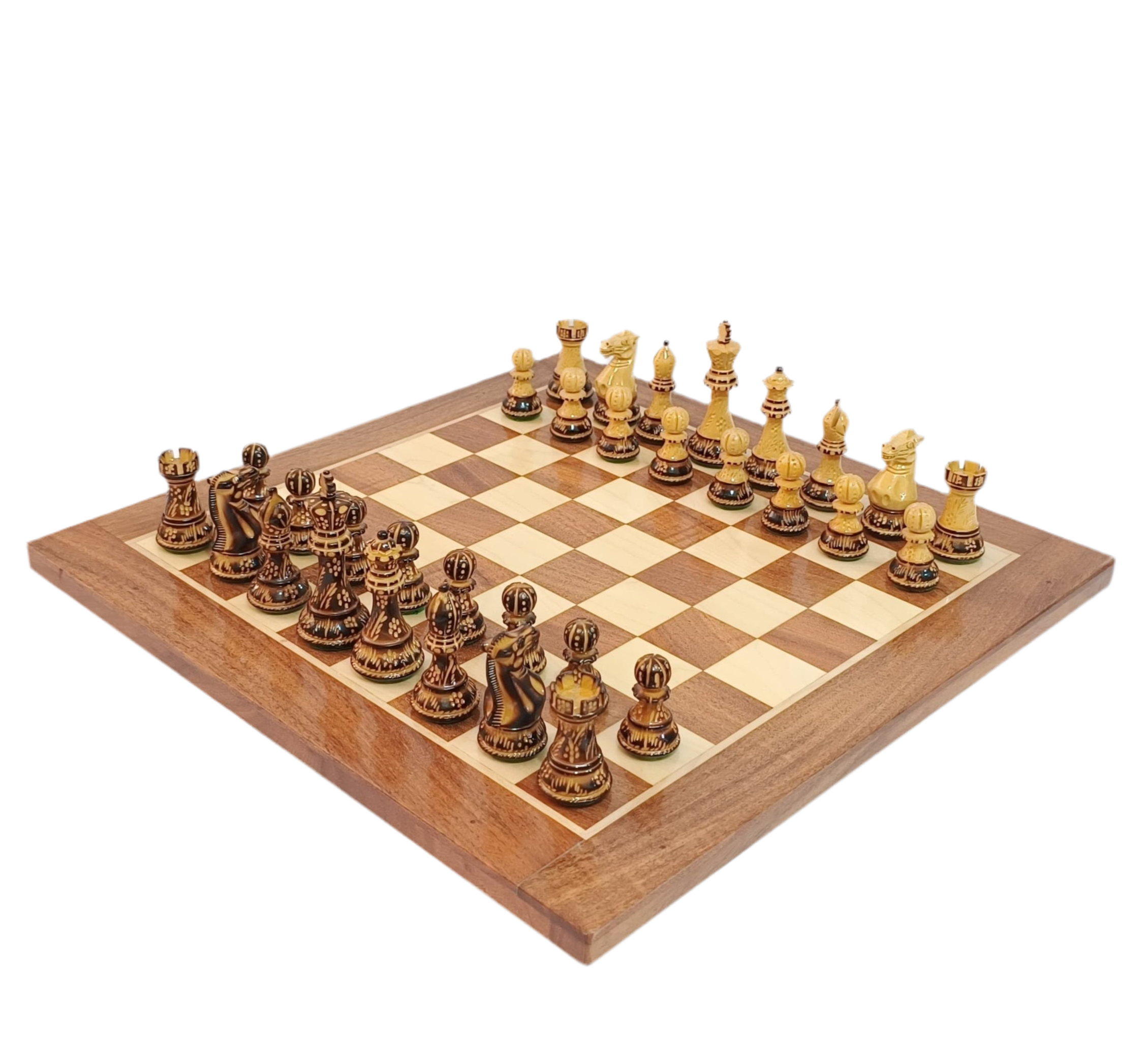
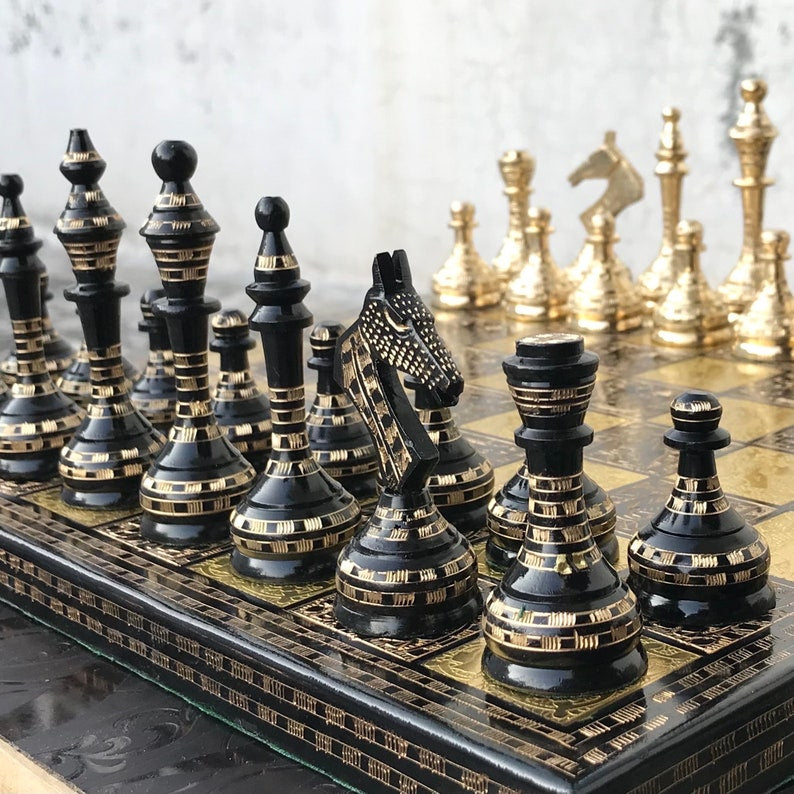
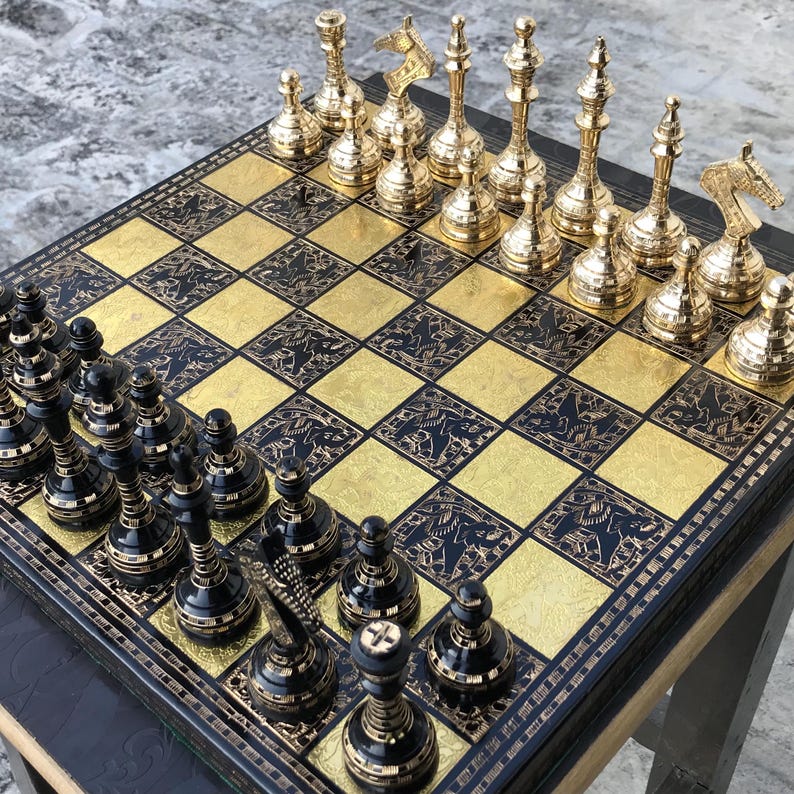
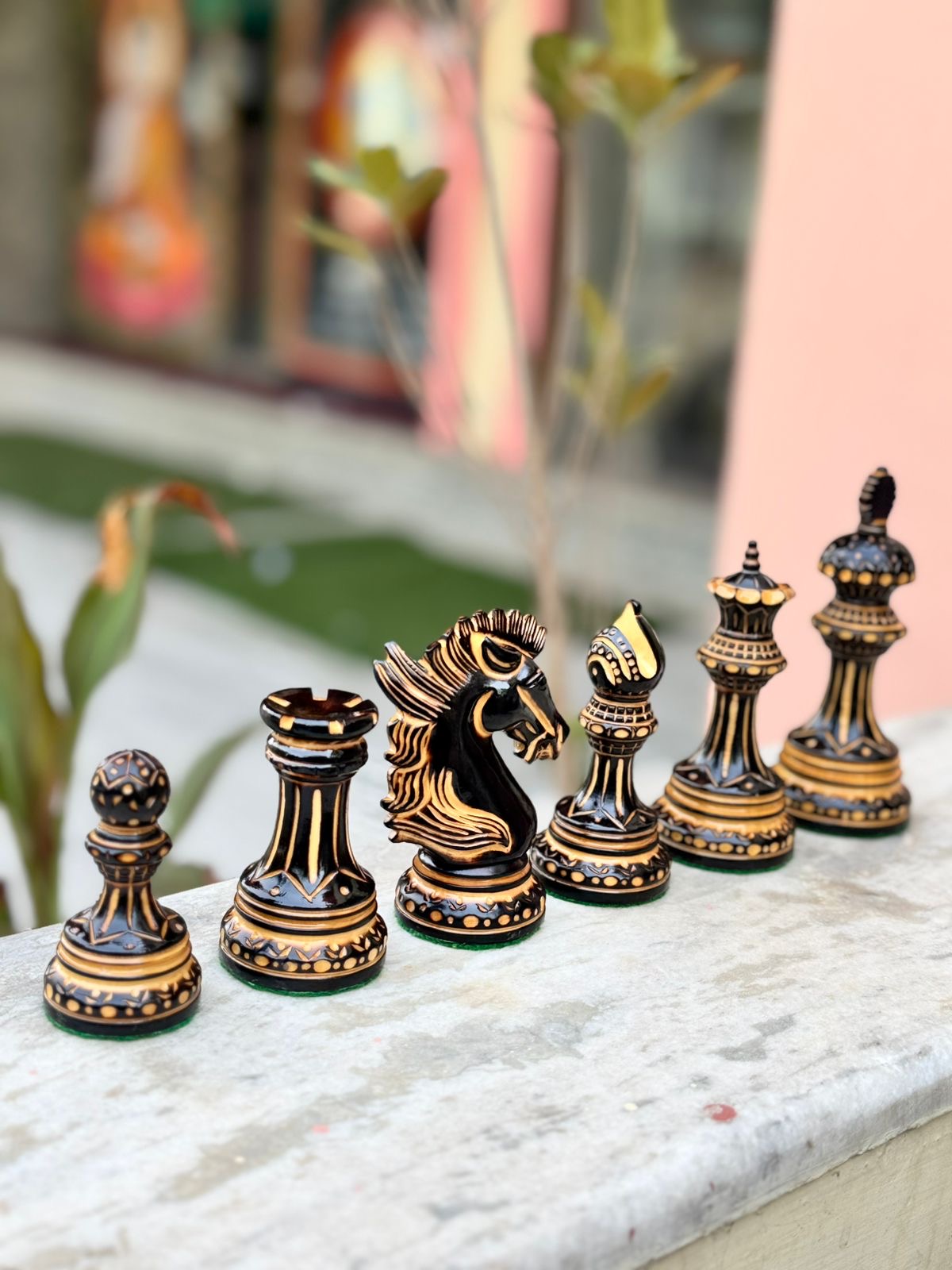

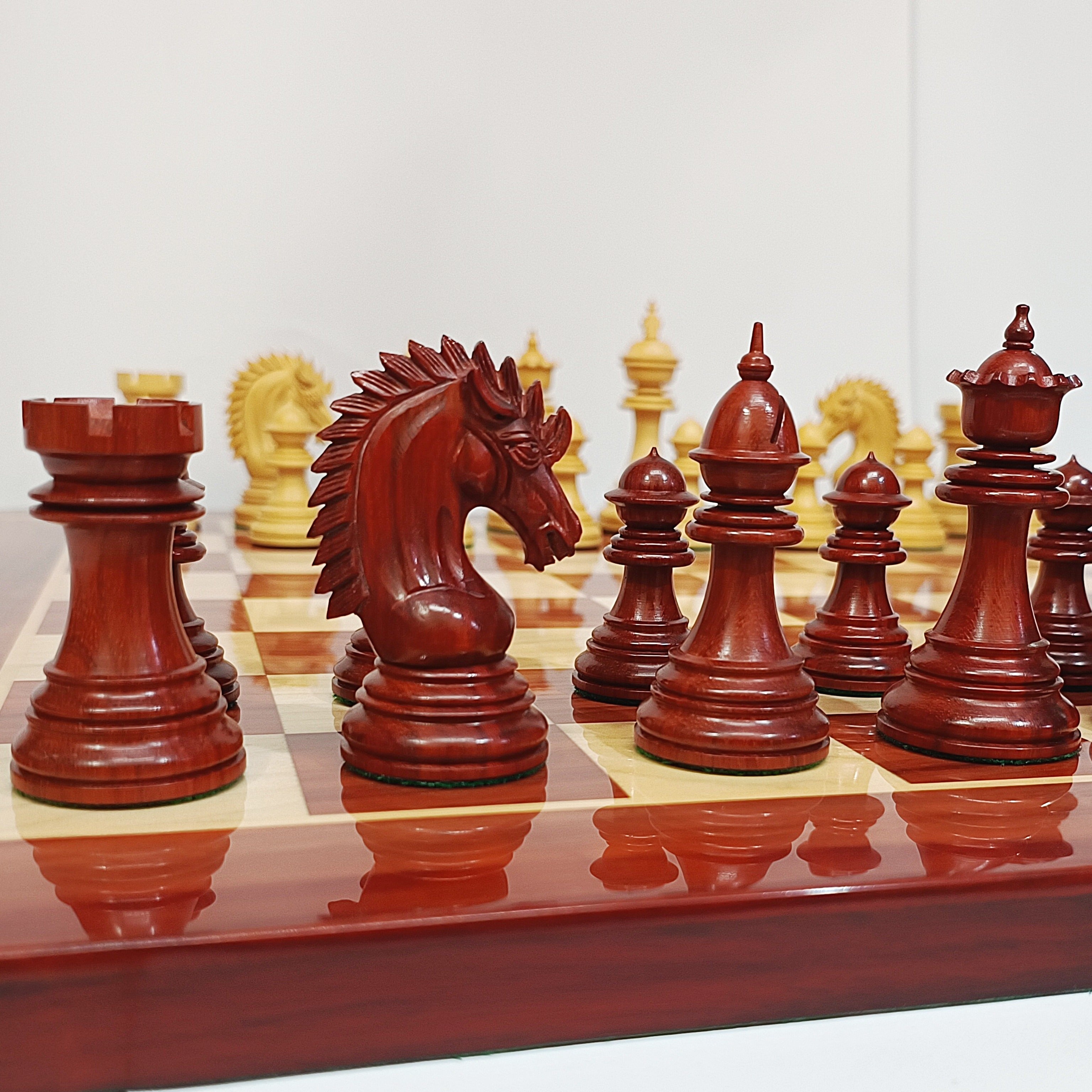
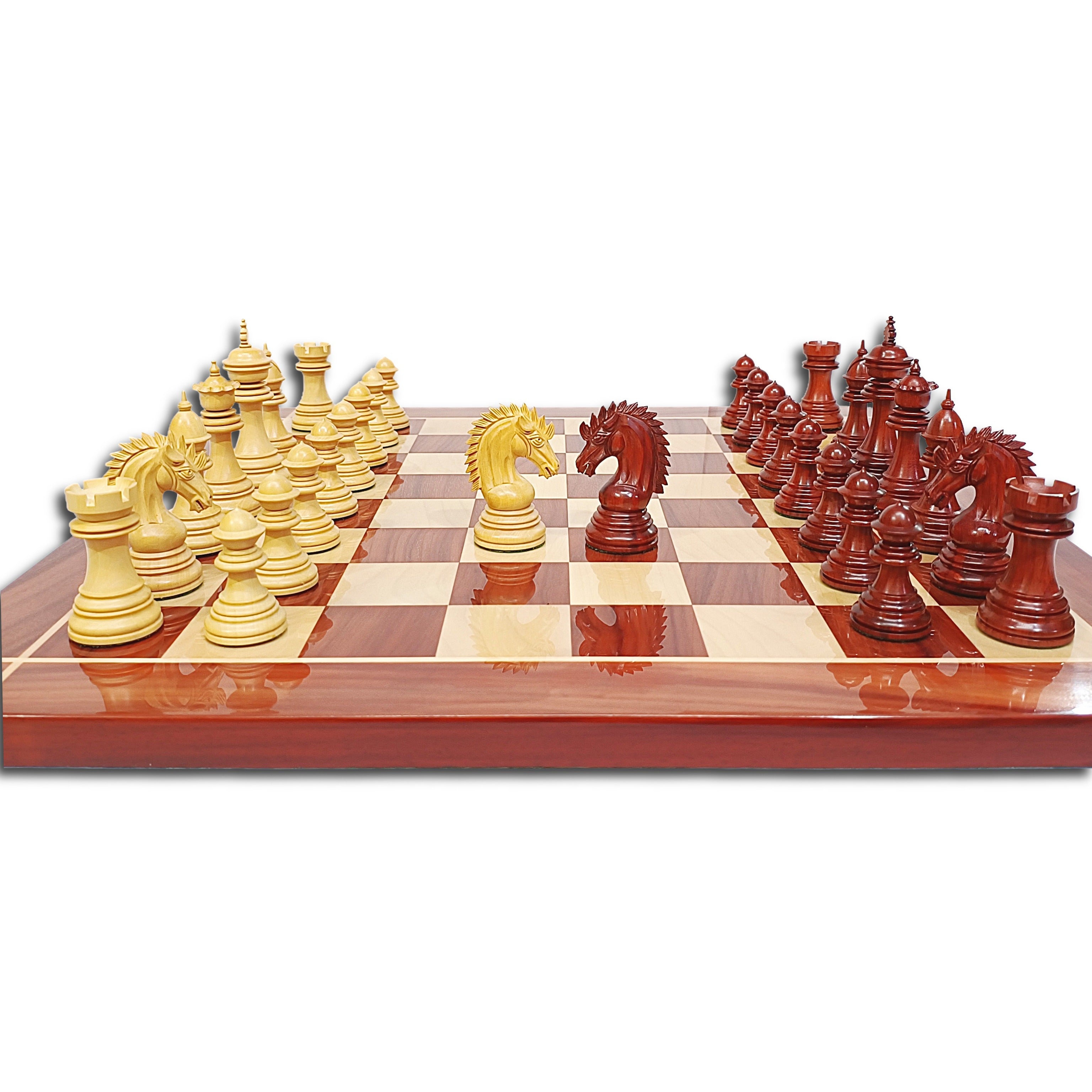

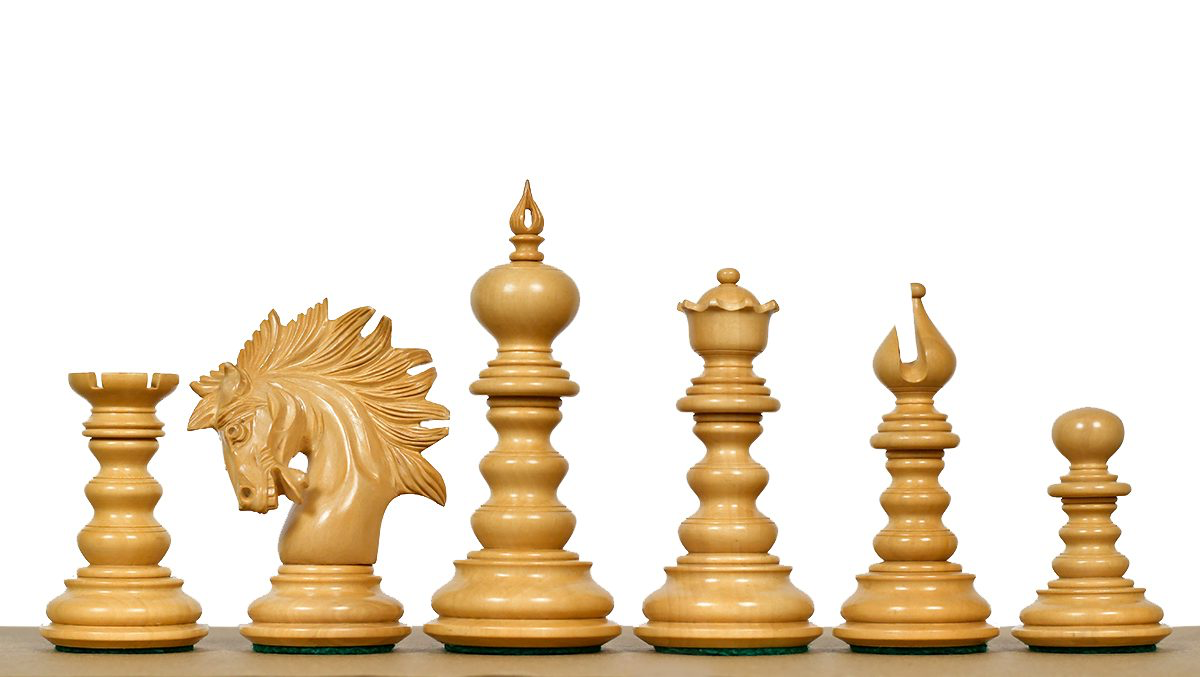
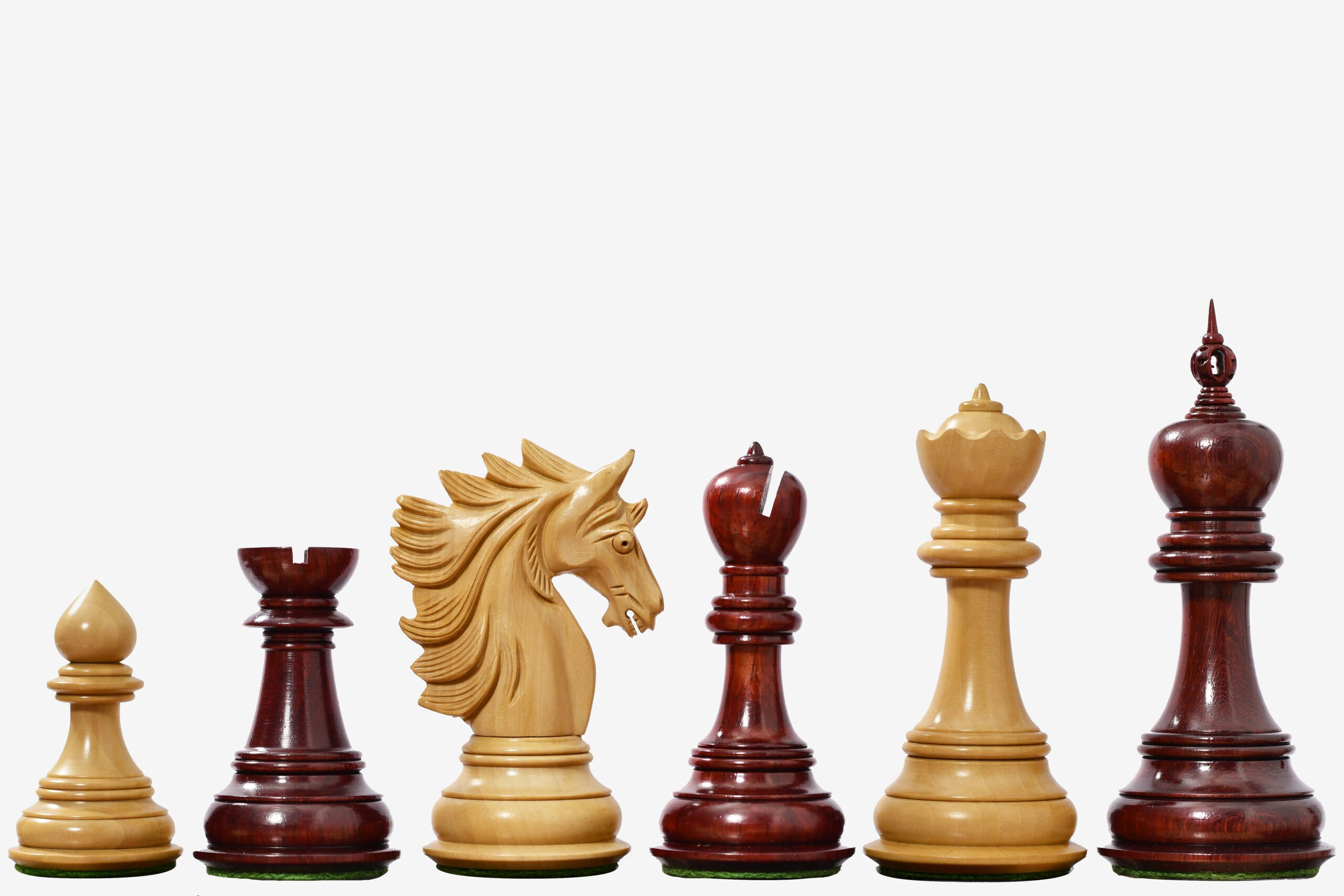
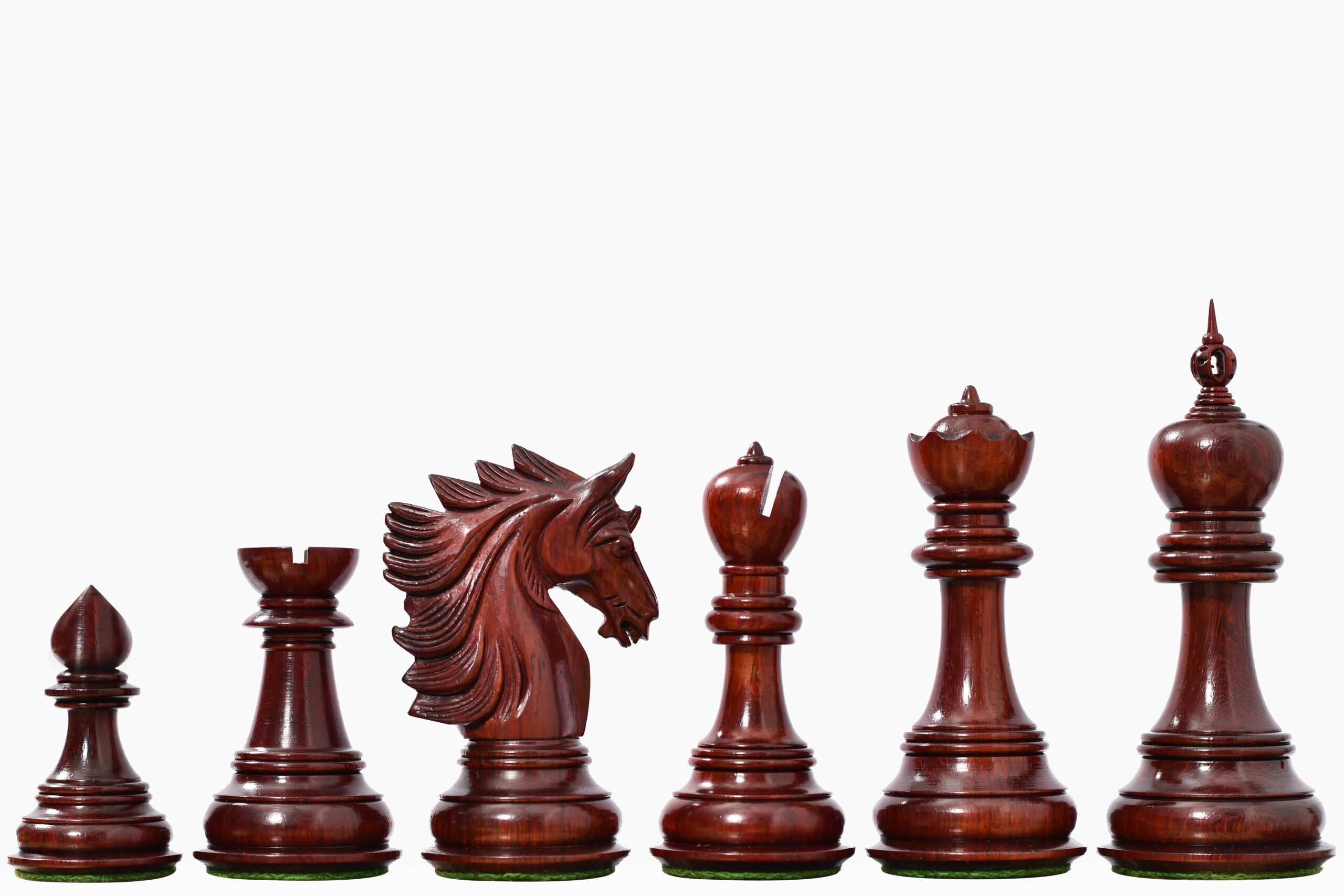
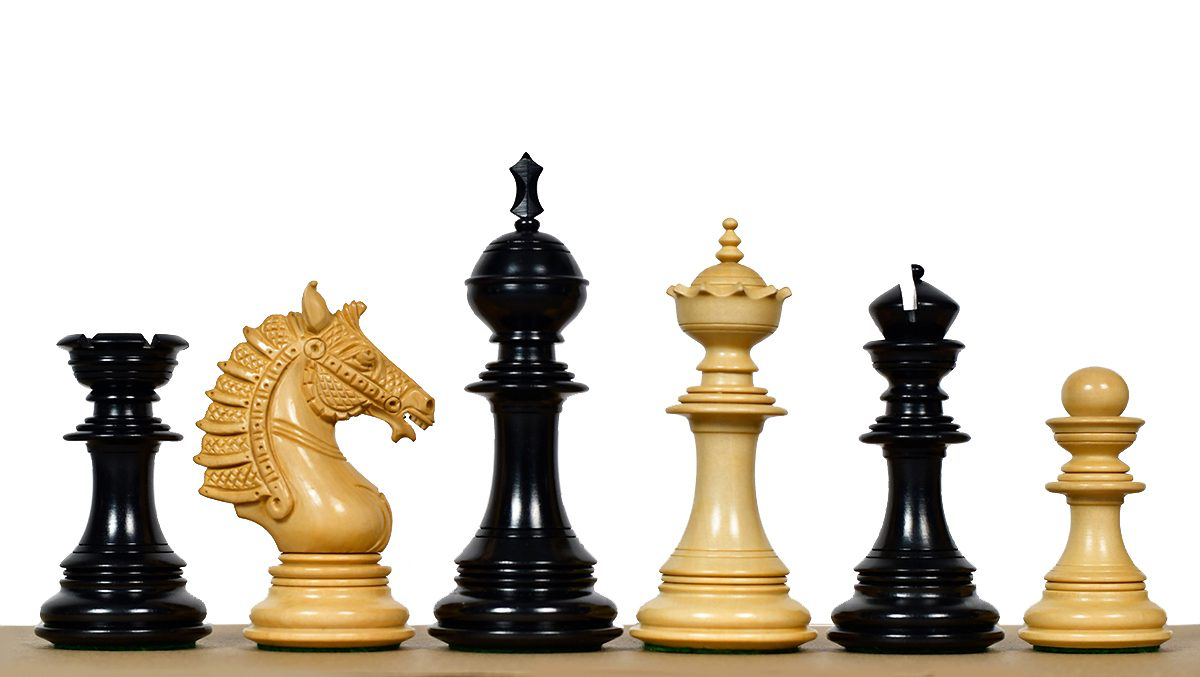
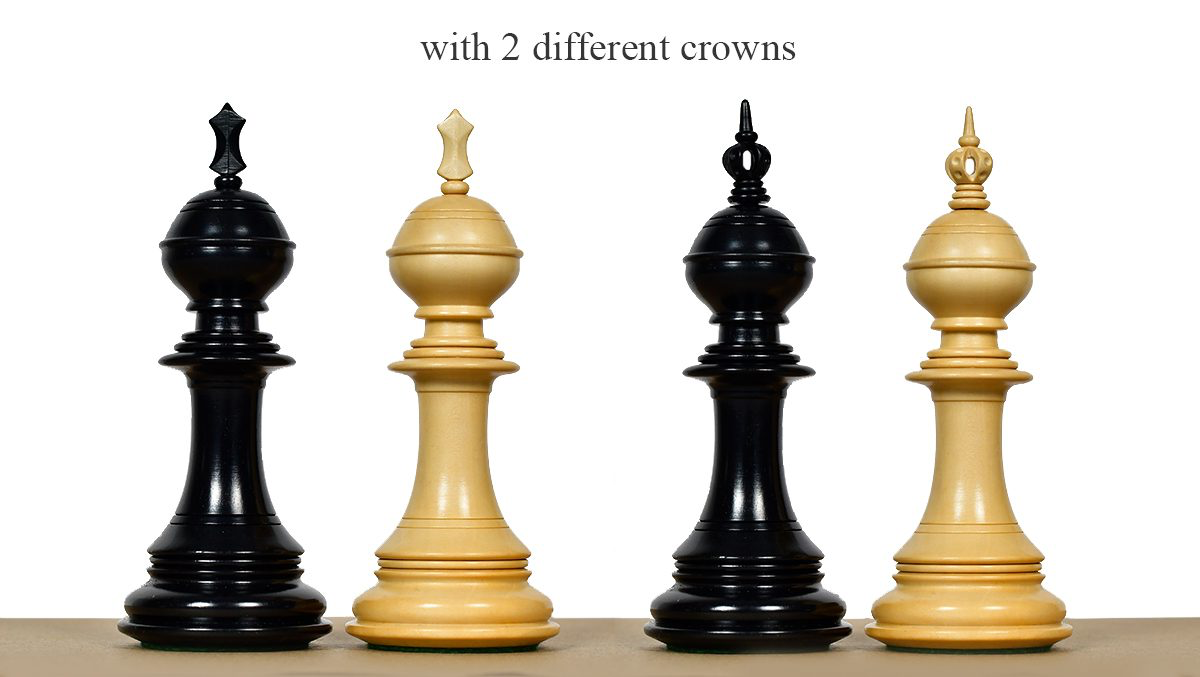
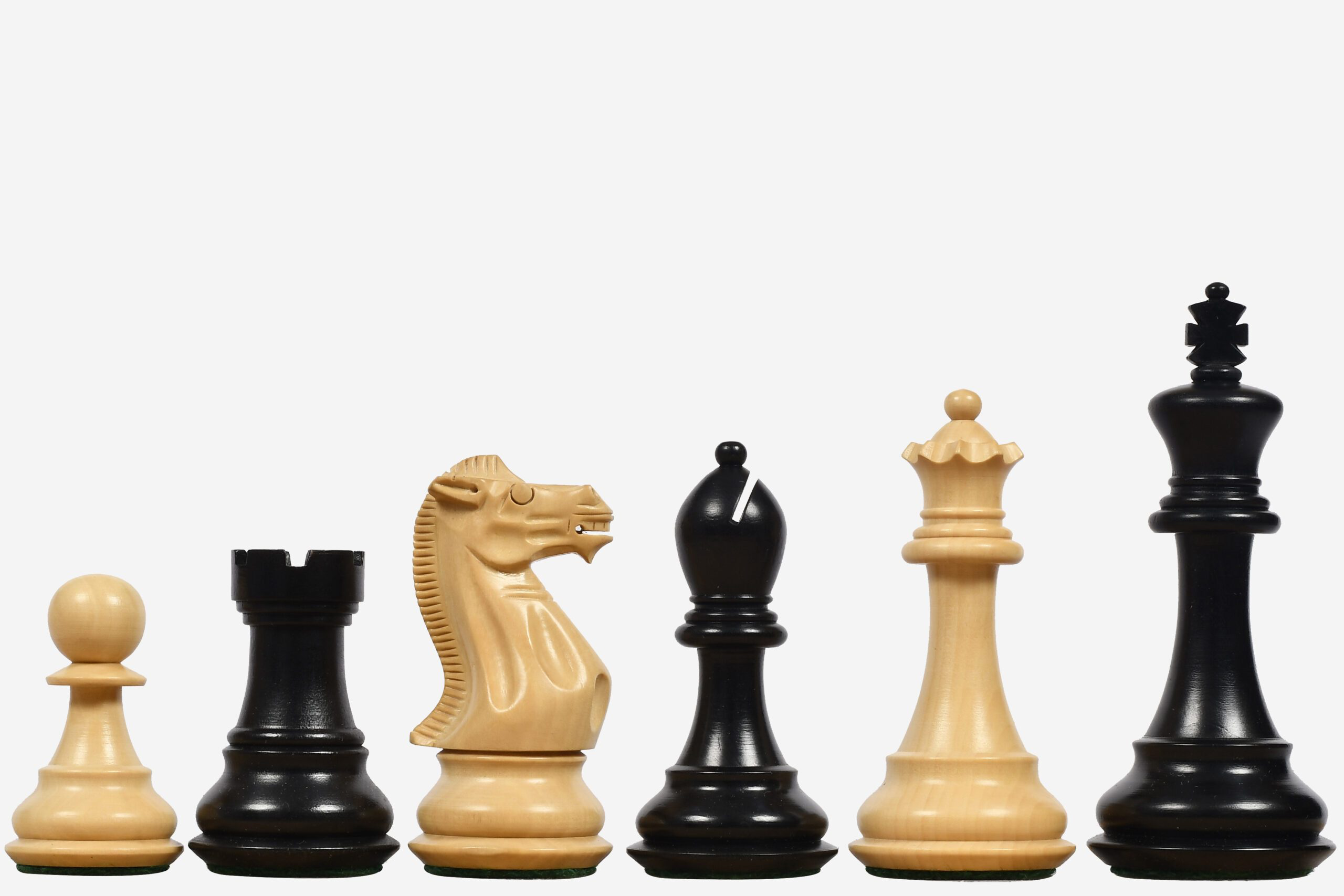
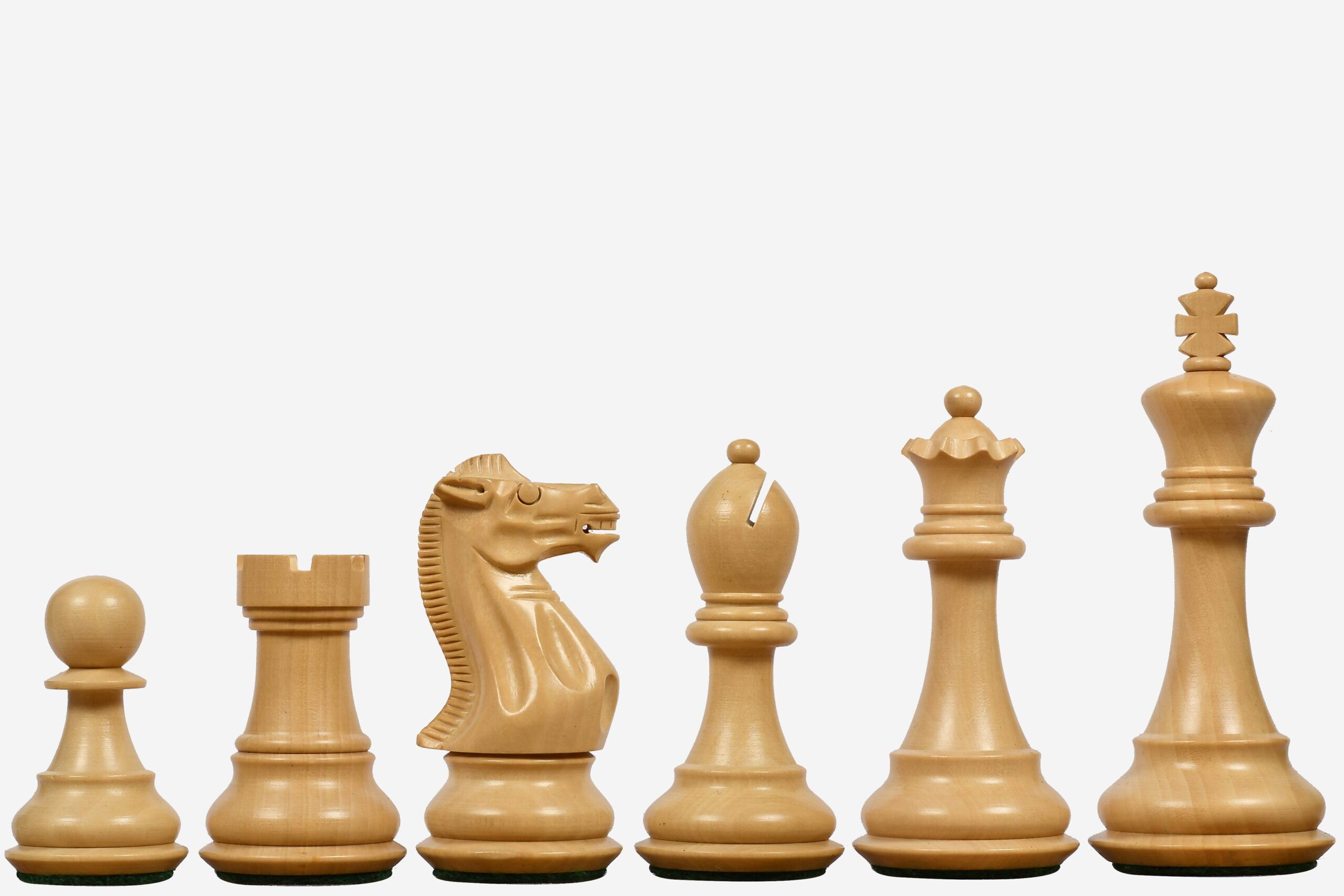
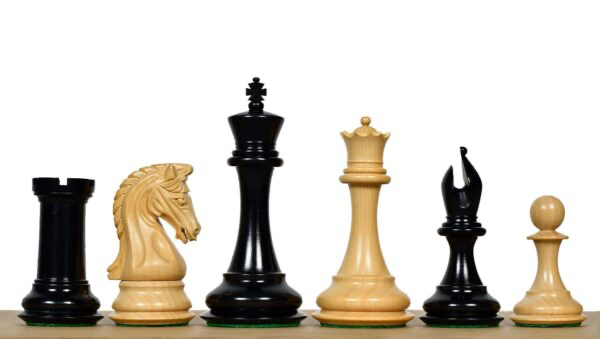
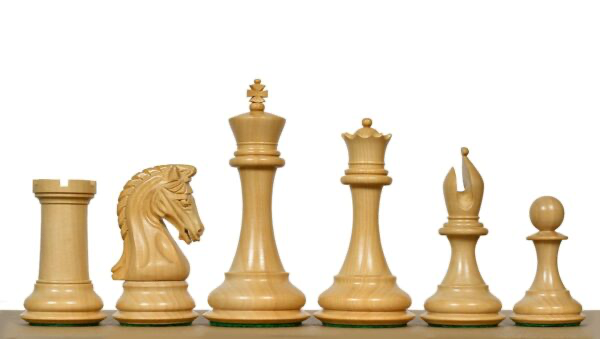
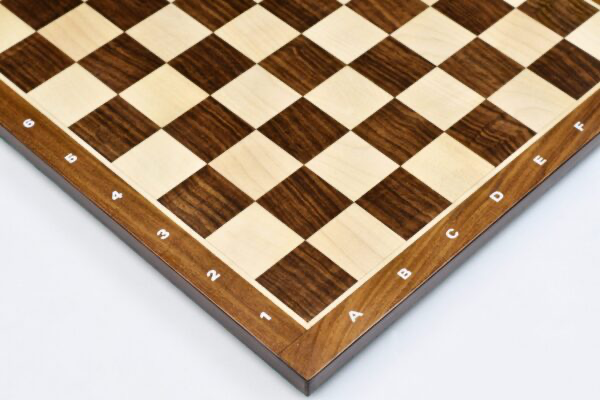
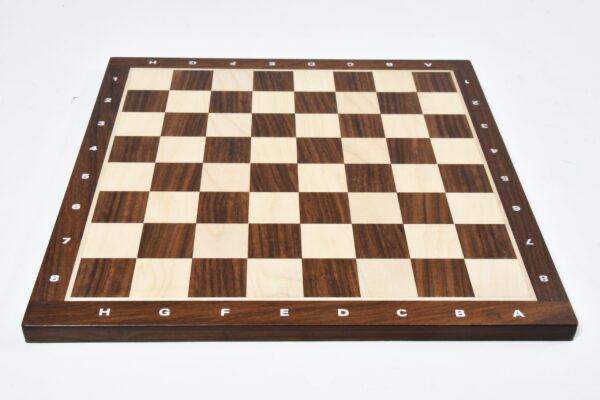
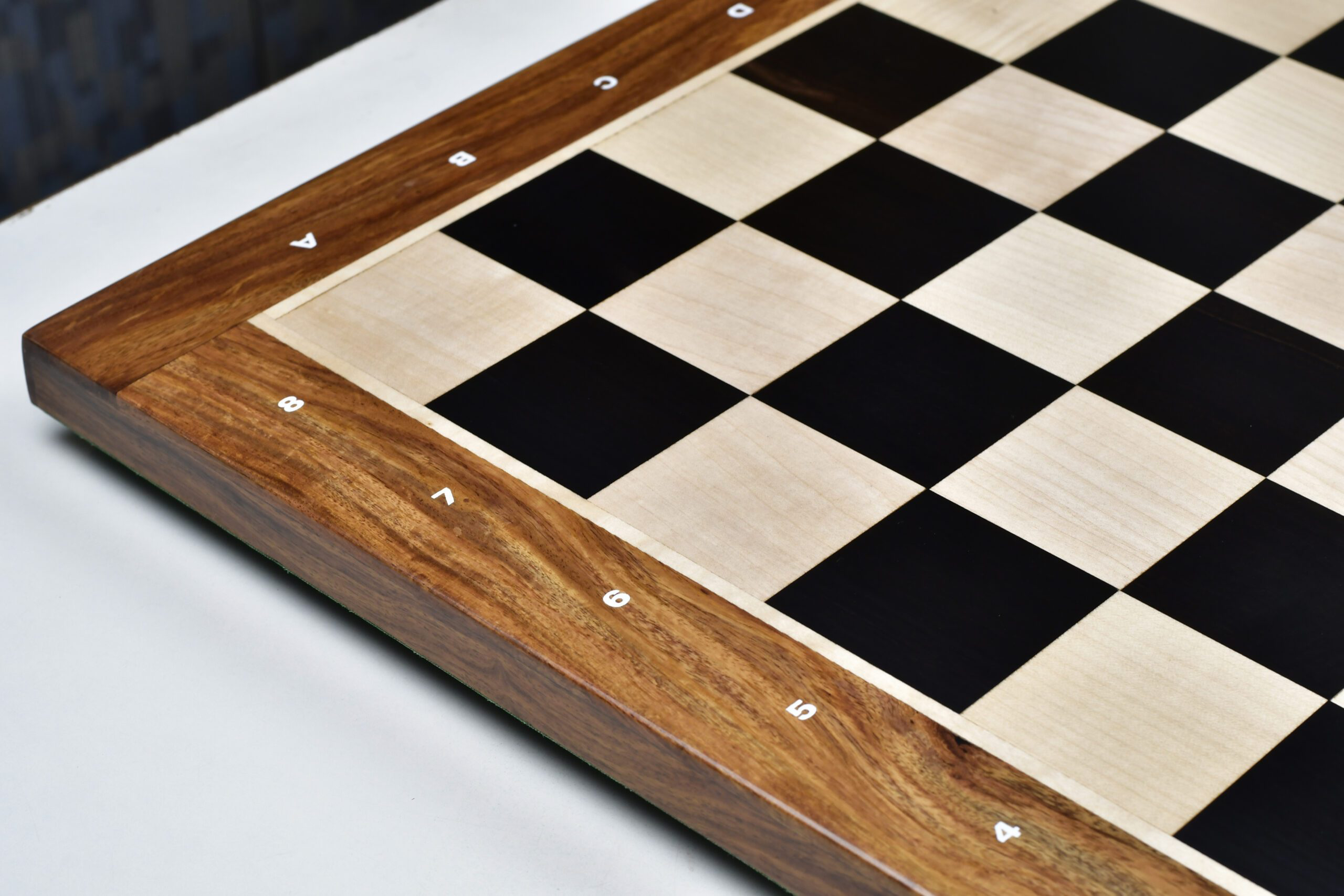
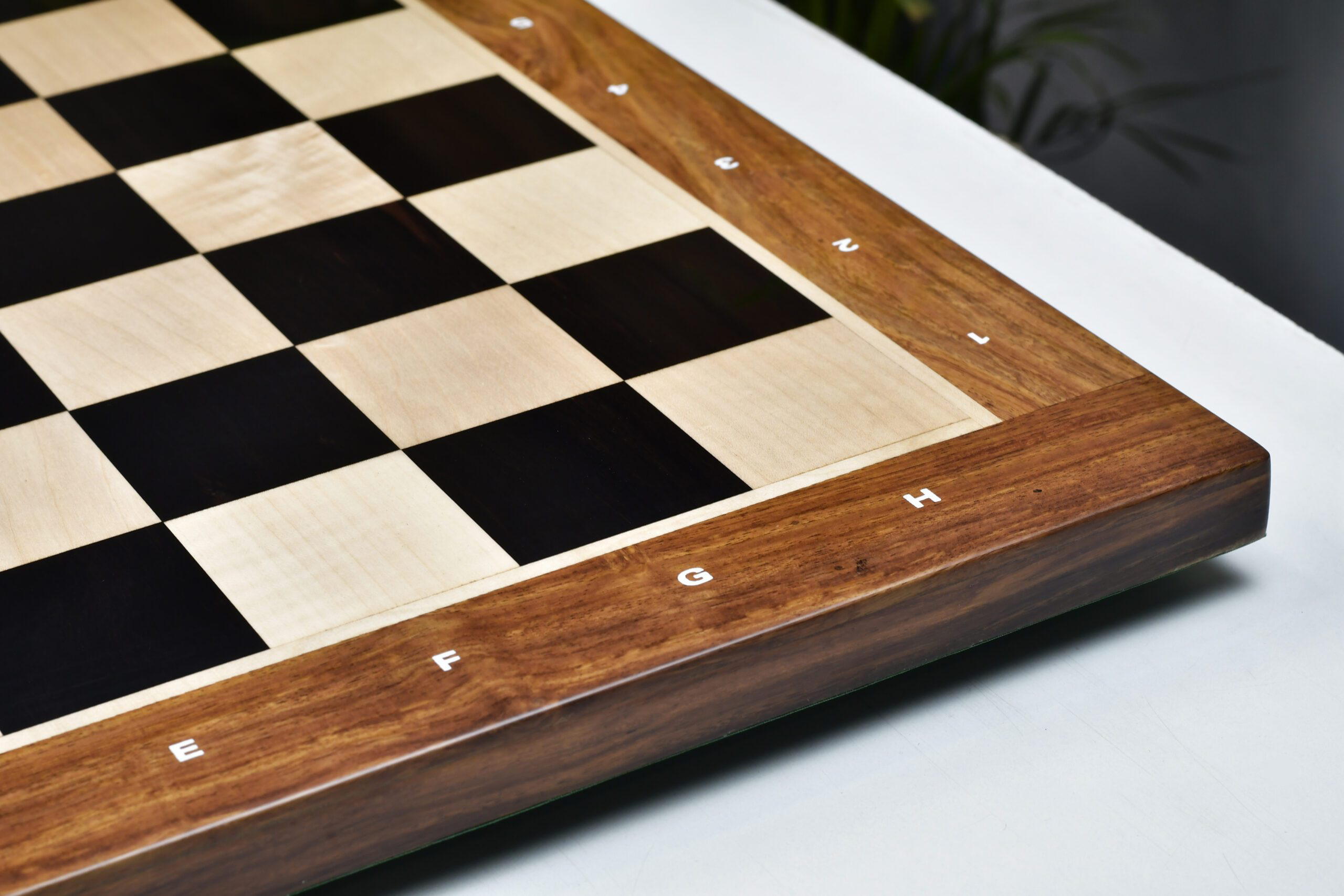


Leave a comment
All comments are moderated before being published.
This site is protected by hCaptcha and the hCaptcha Privacy Policy and Terms of Service apply.